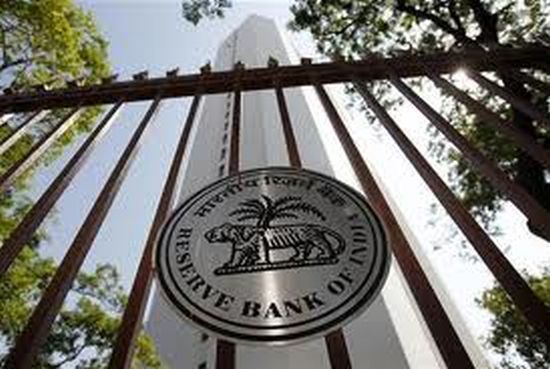 The Reserve Bank of India (RBI) announced a new framework on Tuesday for identifying and dealing with large banks in the country, termed domestic systemically important banks (D-SIB).
The Reserve Bank of India (RBI) announced a new framework on Tuesday for identifying and dealing with large banks in the country, termed domestic systemically important banks (D-SIB).
Due to their size, cross-jurisdictional activities, complexity, lack of substitutability and interconnectedness, such banks become systemically important.
These big lenders, perceived as “too big to fail”, will be publicly identified as such by the regulator from August 2015.
The move comes as remedial measures to the problems faced during the global financial crisis of 2008, when certain large and highly interconnected financial institutions hampered the orderly functioning of the financial system, which in turn, negatively impacted the real economy.
RBI said from data it had compiled as of March 31, 2013, four to six domestic banks would qualify under the D-SIB category.
It also said four sub-categories of D-SIB lenders would be created, each with different requirements for additional common equity tier-1 capital requirements that would range from 0.2-0.8 per cent of risk-weighted assets.
“The banks designated as D-SIBs will be subjected to more intensive supervision in the form of higher frequency and higher intensity of on- and offsite monitoring. It is also important that these banks adopt sound corporate governance of risk and risk management culture,” it said.
Based on the sample of banks chosen for computation of their systemic importance, a relative composite systemic importance score of the banks will be computed and then RBI will determine a cut-off score beyond which banks will be considered D-SIBs.
The amount of additional capital requirements for D-SIBs is based on a mix of quantitative calibration and consideration of country-specific factors. D-SIBs will also be subjected to differentiated supervisory requirements and a higher intensity of supervision, based on the risks they pose to the financial system.
On foreign banks with a branch presence in India, those with a parent which is not a global-SIB but is a D-SIB in India will have to maintain a D-SIB additional capital surcharge here.
“In case a foreign bank having branch presence in India is both a G-SIB and a DSIB in India, it has to maintain a capital surcharge in India at a rate which is the higher of the two,” the central bank added.










